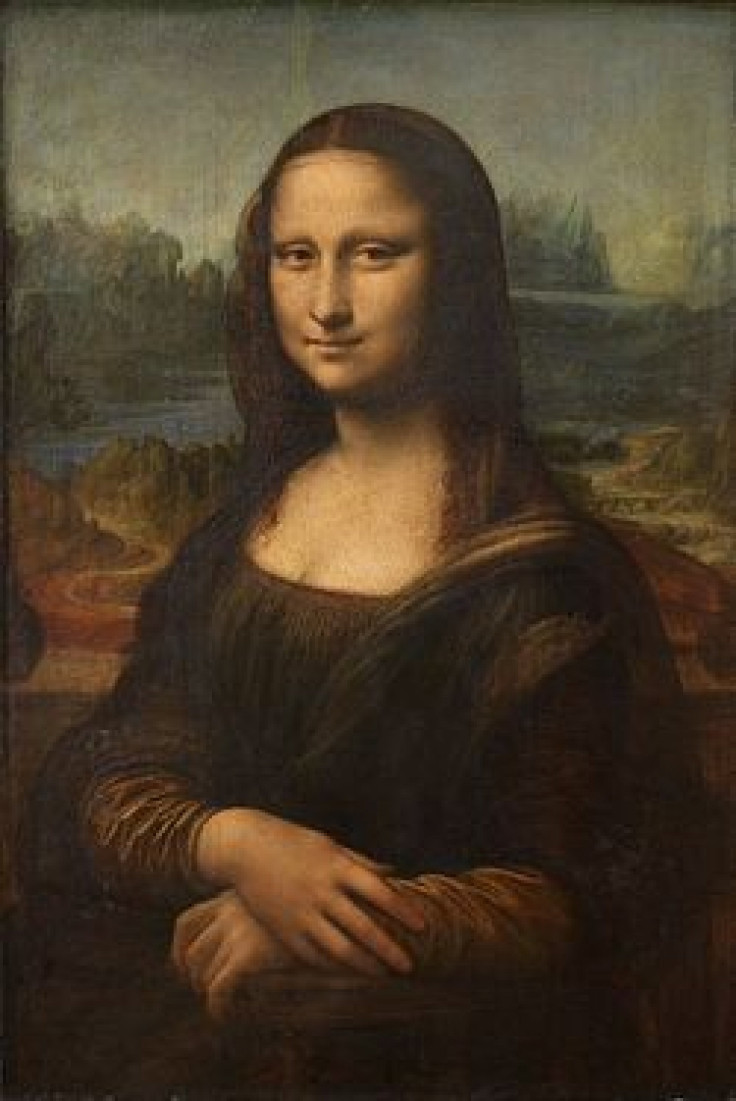Why is the Mona Lisa so Famous?

Leonardo da Vinci's Mona Lisa is the most famous painting in the world. Sitting behind bullet-proof glass at the Musée du Louvre in Paris, the small portrait attracts around six million visitors per year.
But why is the painting so renowned? While da Vinci is praised for his art as well as his inventions, he is hardly the most prolific artist of the period. Only fifteen works can be assuredly attributed to the master, while there are just ten or so that are lost or disputed.
And although he epitomizes the term Renaissance man, is he arguably not the best artist of the period. Michelangelo was better at capturing the human form, Botticelli better with color and theme, and Raphael feasibly a more artful painter.
The reason everyone cites for the Mona Lisa's popularity is her smile. Often described as enigmatic, her half-smile has puzzled people from Sigmund Freud and Harvard professors to countless observers.
Since its completion around 1519, the painting has always been highly regarded. It was owned by France's kings and emperors before finally settling into the Louvre. But it didn't have international prominence until later, thanks primarily to two significant events.
The first was the publication of Walter Pater's 1867 Leonardo da Vinci essay. In what became a Victorian phenomenon, Pater waxed poetic (indeed his words were later converted into verse) about La Gionconda, as the Mona Lisa was then known, describing her as a ghostly beauty.
The piece is described as probably still the most famous piece of writing about any picture in the world by Pater biographer Michael Levey, and it had a special resonance at the time of its publication, when art criticism was a new, immensely popular genre.
In the da Vinci essay, he writes:
Hers is the head upon which all “the ends of the world are come,” and the eyelids are a little weary. It is a beauty wrought out from within upon the flesh, the deposit, little cell by cell, of strange thoughts and fantastic reveries and exquisite passions... She is older than the rocks among which she sits; like the vampire, she has been dead many times, and learned the secrets of the grave; and has been a diver in deep seas, and keeps their fallen day about her; and trafficked for strange webs with Eastern merchants: and, as Leda, was the mother of Helen of Troy, and, as Saint Anne, the mother of Mary; and all this has been to her but as the sound of lyres and flutes, and lives only in the delicacy with which it has moulded the changing lineaments, and tinged the eyelids and the hands.
With popularity comes jealousy. Fifty years after Pater's essay the Mona Lisa was stolen from the Salon Carré in the Louvre. In August 1911, an Italian employee at the museum named Vincenzo Peruggia took the painting off the wall and walked out. The theft shot the painting back into cultural significance and it hasn't come down since.
The painting took two years to find. Peruggia was caught trying to sell the work to the Uffizi museum in Florence, perhaps the second most famous museum in the world after the Louvre. Before it was recovered, French police interrogated a number of local Parisian artists, including Pablo Picasso.
There is another work that needs to be mentioned, of course, which is Dan Brown's The Da Vinci Code. While this book is a creation of the painting's popularity, and not the other way around, the novel and movie-remake have stoked the Mona Lisa flame. There are now Da Vinci Code tours of Paris and the conspiratorial element of the painting delights curious minds.
But who is Mona Lisa?
As mentioned, the painted is also called La Gionconda, after the supposed sitter Lisa del Giocondo, wife of Francesco del Giocondo. Little is known about the woman, expect that she was part of the prominent Gherardini family in Florence.
But theories that the woman in the image could have been da Vinci's mother, lover or even a disguised self-portrait, have only added to the Mona Lisa's legend.
© Copyright IBTimes 2024. All rights reserved.











